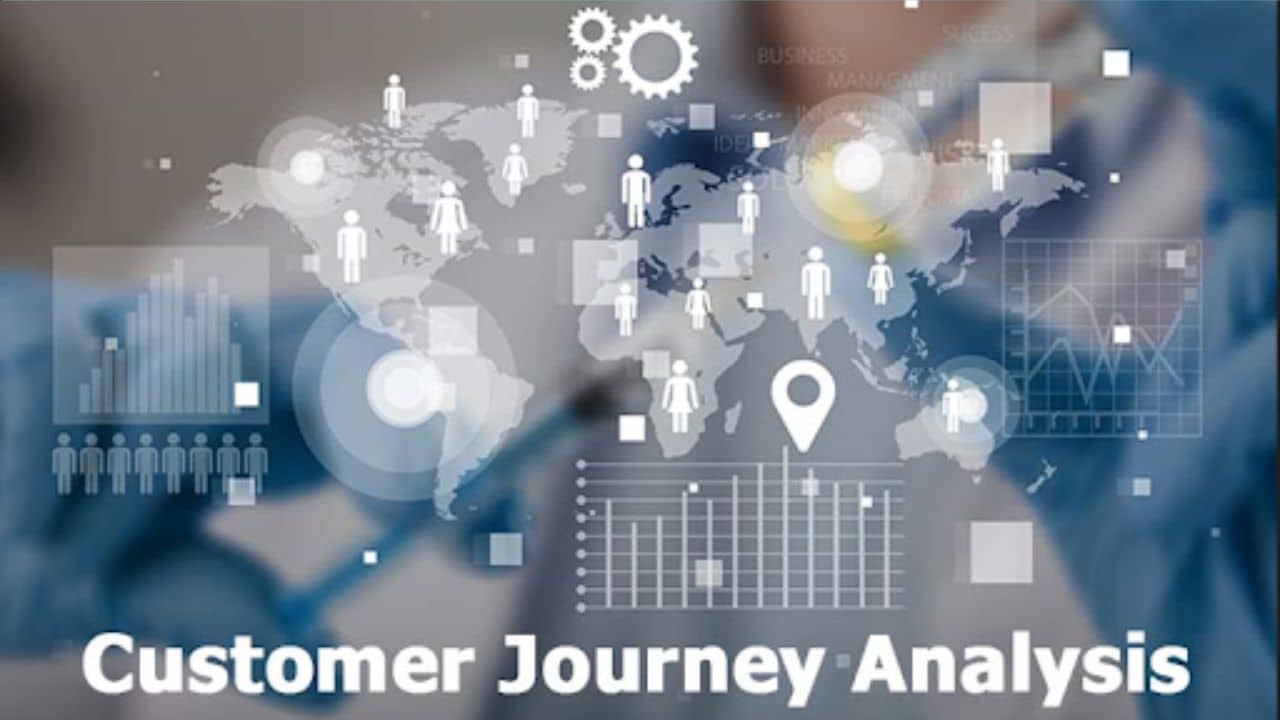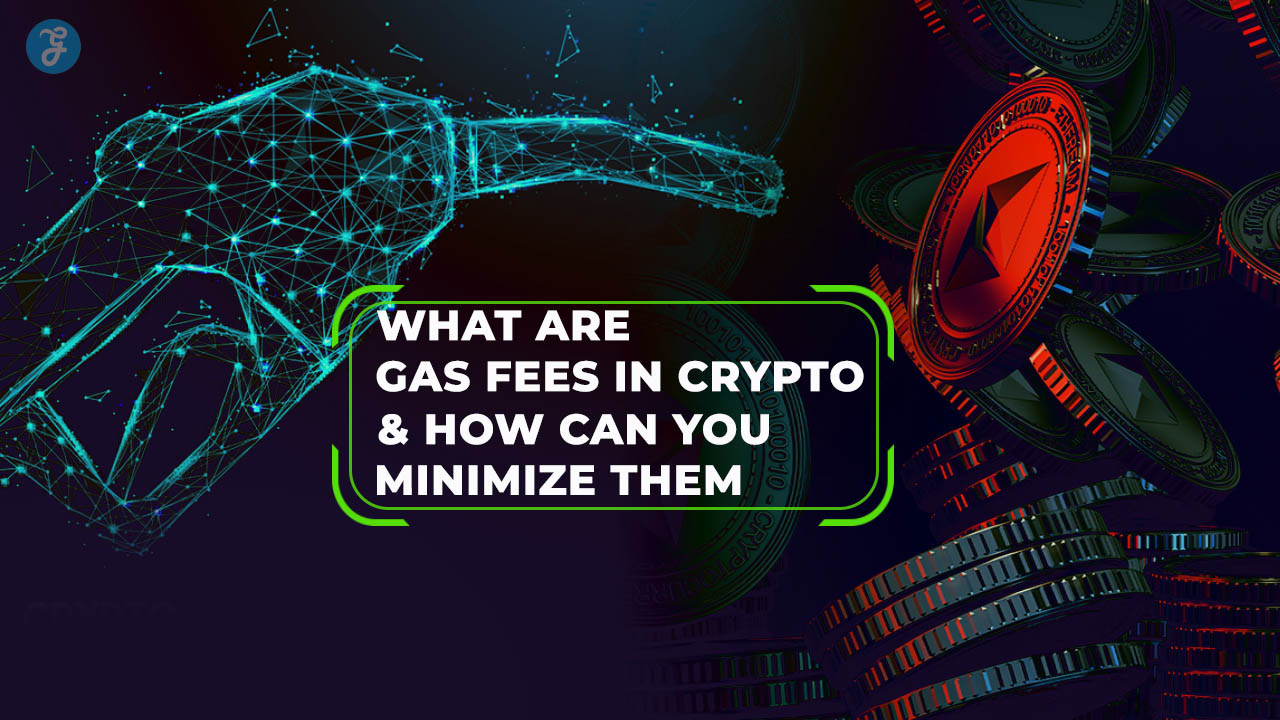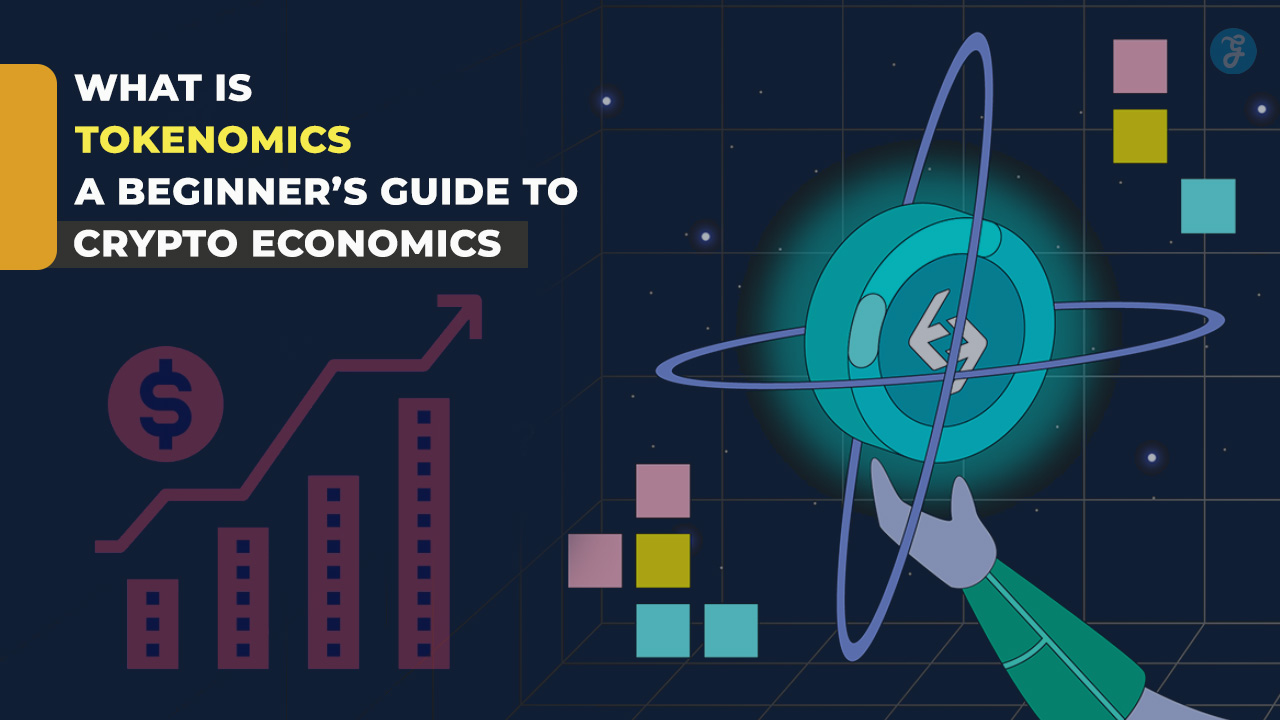Setting clear goals is an important part of journey analysis. Whether the goal is to improve customer service or reduce response times for customer feedback, the objective should be specific and trackable.
Focus on making changes that address unmet needs. This may include streamlining the process, removing friction points, and improving communication.
Alphabet Soup of Terms
Using customer journey analysis, brands get the bird’s eye view of their customers’ interactions with them. This helps them identify any points of friction that might be deterring conversion.
For example, a product review might reveal that some users are struggling to understand what a certain feature does. This is an opportunity for the brand to explain its value proposition in clearer terms.
To get a more nuanced view of your customers, you can also use other research methods, like building a timeline of typical user experience, analysing search data or appraising online comments. You can then use this information to inform the design of your customer journey map.
Stages of the Journey
The customer journey includes all the steps a prospect takes before becoming a brand loyalist. Businesses can leverage data from different stages of the journey to optimize their marketing strategies.
The awareness stage occurs when customers realize they have a need for a product or service. At this point, they begin researching solutions, comparing products, and reading reviews. During this phase, you can leverage page view and click data to understand what type of content resonates with this audience.
The purchase stage occurs when a prospect makes the decision to buy. At this point, your team should ensure a simple and distraction-free checkout process. If you want to encourage additional purchases, offer post-purchase promotions. Personalized product recommendations and a robust user portal also help during this stage.
Touchpoints
Touchpoints are the critical interactions that make or break customer experiences. They can be digital or physical and happen before, during, or after a purchase. Examples include brand websites, social media pages, customer reviews, QR codes, email marketing messages, chatbots, and phone calls to the company’s customer service team.
Identifying your customers’ roadblocks and removing them increases customer satisfaction, loyalty, and revenue. It can also reduce churn and boost referrals.
For example, a customer might search for ‘hotels in Paris’ online before making a reservation. Then they might check out the website of the hotel to see what it has to offer, read reviews, and request a tour. These are all important touchpoints for the booking process. Getting them right is what turns prospective customers into loyal consumers.
Personas
A persona is a fictional character representing your target audience based on market and user research. Developing an understanding of a persona’s motivations, goals and frustrations helps to create a more accurate customer journey map.
For example, a buyer persona interview may reveal that Erin has high expectations for her tech product and needs it to have a fast response time. This information can then be used to develop marketing messages that speak to her needs.
A well-constructed buyer persona can also help build stakeholder buy-in for a new approach to content marketing. A shift from a feature-focused approach to a more buyer-centric strategy can dramatically improve engagement and revenue. It can also unlock new opportunities for cross-sell and up-sell. However, don’t fall into the trap of creating too many personas and thus overwhelming yourself with data to sift through.
Scenarios
Customer journey analytics provides a new lens to explore your customers’ interactions with your brand. This allows you to identify pain points and optimize the journey to meet your business goals.
Every journey map is different and will be based on unique research insights. But there are a few things that most successful journey maps have in common.
Start by gathering data from your existing systems and reports to get a snapshot of how the persona experiences your company. Look at your support and complaint logs, survey responses, social media posts and chat history. Evaluate the time spent in each step of the journey. This can be an important indicator of how easy or difficult a process is for the persona. You may discover opportunities to improve the experience by removing steps that are unnecessary or reducing the overall interaction cost.






































